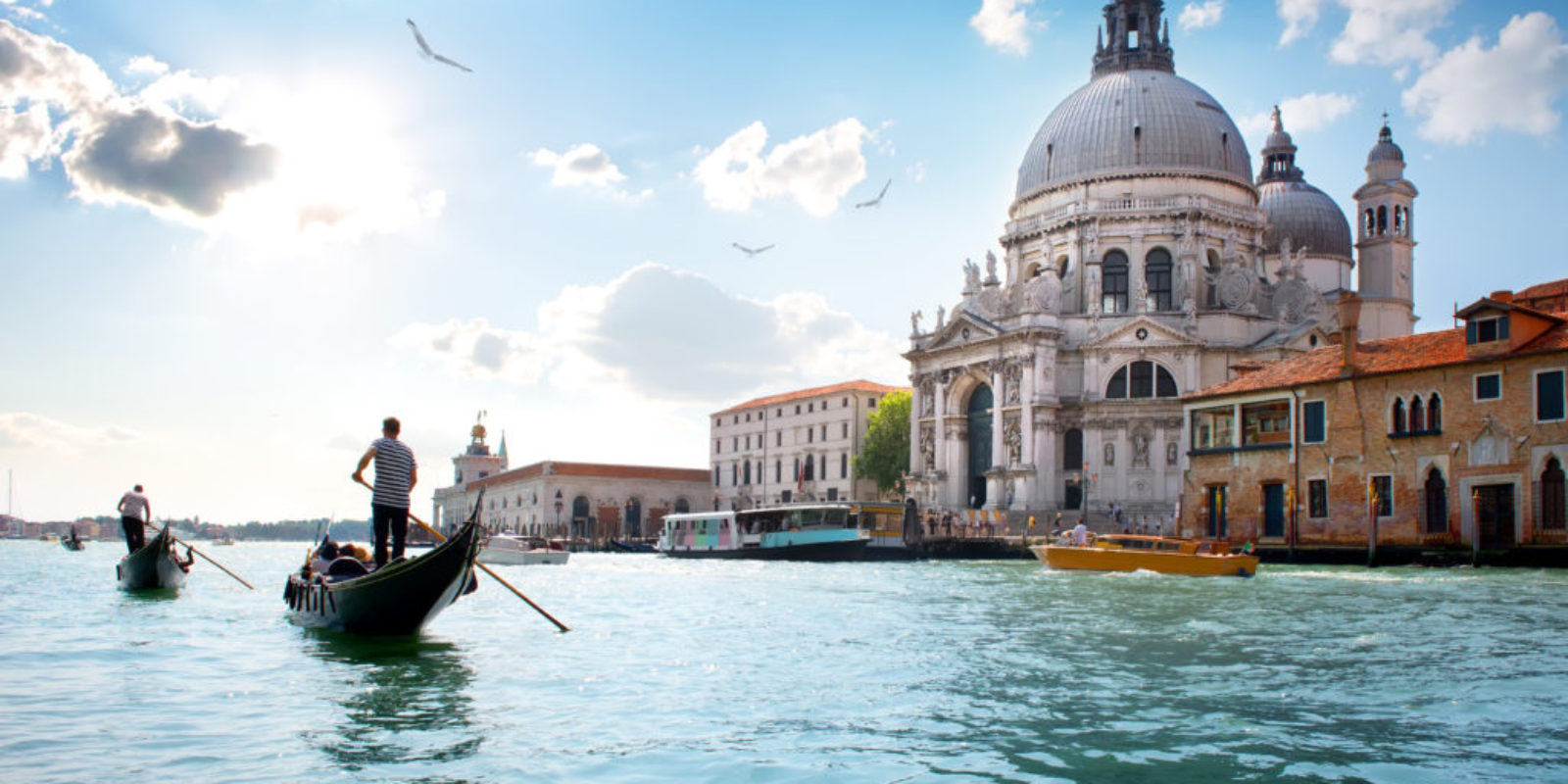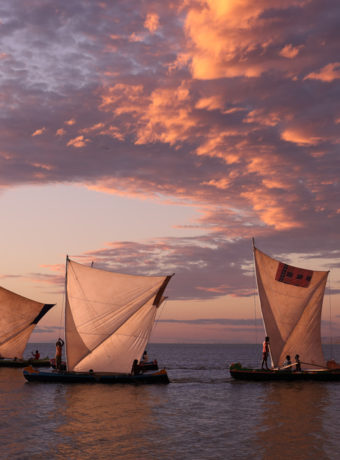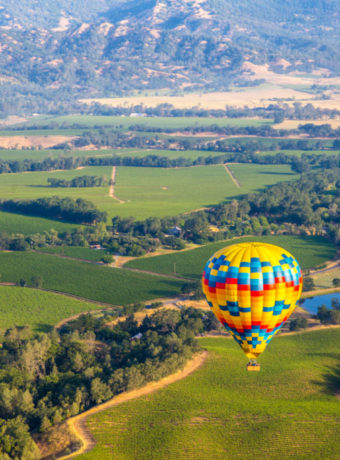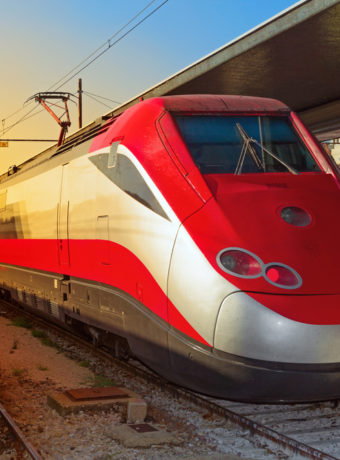While Florence and the Tuscan cities are awash in gentle splendour, and Rome is the ancient heart of Italy, the ornate belongs to Venice. Once upon a time, Venice, Italy was the pulse of seafaring Europe. It was the financial, commercial, and maritime centre of the world! Today, Venice is a popular tourist destination, and also one of the most endangered cities of our time.
Venice, Italy
Venice lies in a natural lagoon in Italy’s northeast corner, situated at the mouth of the Adriatic Sea.
From this strategic location, the Venetian navy dominated sea trade from the 10th century onward. After the fall of the Roman Empire, the Venetian city-state was the trading centre of the world. For nearly a millennium, Venice, Italy enjoyed status as a powerful city-state. It’s fall came about slowly; it’s decline began in the 15th century. In the late 18th century, Napoleon Bonaparte conquered and the Doge surrendered and abdicated.
Tourism in Venice
For centuries, Venice was home to a ruling merchant class, whose Grand Council elected the Doge. The wealthy citizens of Venice, Italy patronised art, architecture, and theatre. Two islands in the lagoon, Murano and Burano, were – and still are – home to craftsmen who produce stunning works of glass and lace. A day visiting these islands is a day very well spent!

During the 18th and 19th centuries, Venice was a major highlight of the Grand Tour, when young wealthy heirs travelled across Europe. The city remains a highlight for visitors to both Italy and Europe, receiving nearly 60,000 tourists per DAY in 2017.
Unfortunately, this means that Venice’s infrastructure simply cannot support the hordes of people that descend on it. While the majority of these are day visitors, coming from the cruise ships, there are others that remain for several days. Locals support legislation that would regulate the number of people into the historic centre. Personally, I see two sides to this. One is that of course the economy would dwindle as fewer people visit (and as cruise ships take their business elsewhere). The second is that local businesses and culinary tourism can become more customised to the visitors. Visiting Venice should be an experience one doesn’t forget!

Venice is of course known for Carnevale, that bacchanal celebration leading up to Lent. While this is a very popular time to be in the city, it’s also extraordinarily crowded. Booking in advance, and securing one of the central Virtuoso properties, will ease your worries! The Venice Biennale, one of the world’s best art, architecture, and film festivals, takes place each summer. While popular, it also lasts a long time. Still, I highly suggest booking in advance!
The geography of Venice
Venice is one of the more unique cities of the world. It is made up of 118 manmade islands in the Venetian lagoon. There are no cars on the islands in the lagoon. Instead, citizens and visitors travel either by foot or by boat. Traditional boats are called gondolas; today they are one of the interesting ways to travel along the many canals.

- Did you know? There are 177 canals in the lagoon, and 409 bridges
The majority of people either come for the day or stay in the historic city. Of the 10 Virtuoso properties in Venice, almost all are within the historic city. (Want to see what properties are in Venice? The link above takes you to my Virtuoso private label site where you can browse hotels across the city!)

Venetian architecture
Of the buildings in Venice, arguably the most famous is the Doge’s Palace, in Piazza San Marco. It is in the Venetian Gothic style, which is a classical mix of Gothic and Byzantine architecture. The traditional Gothic arches of Western Europe found an unlikely partner in the Eastern Byzantine and Ottoman influences. There are other buildings in Venice that fall into this architectural style category, such as some of the palazzi along the Grand Canal.

The Doge’s Palace is a requisite stop while in Venice. Within the palazzo, visitors see just how ornate and gilded Venice once was. This is also the location of the Bridge of Sighs.
San Marco, or Saint Mark’s Basilica, is next door to the Doge’s Palace. Piazza San Marco is a popular spot for travellers to grab a bite to eat, but I suggest stepping away from the main square to something less crowded! (In fact, I suggest visiting Venice in the shoulder season or winter to maximise the value of your time in this decaying city.)
**
Italy remains close to my heart, and I’m excited to share that I’m in the process of becoming a specialist for Tuscan hotels! If Italy is on your bucket list, please reach out to learn how I can create a fully personalised itinerary for your trip of a lifetime!




